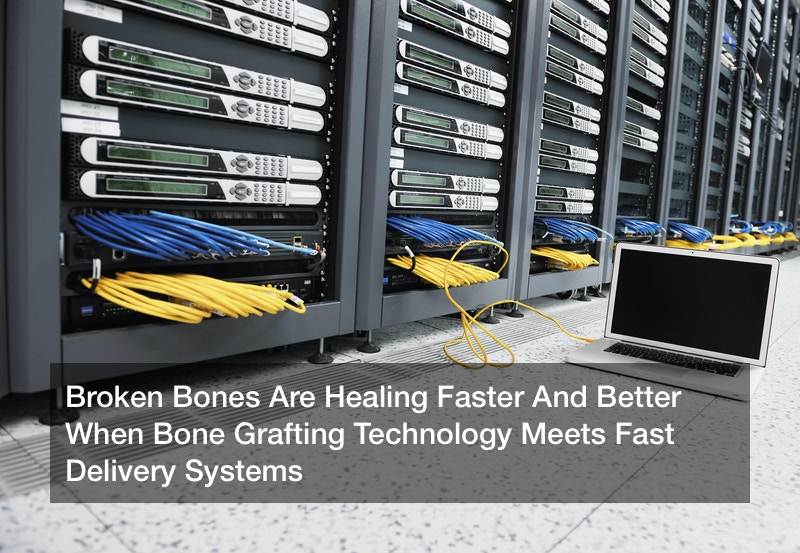Broken Bones Are Healing Faster And Better When Bone Grafting Technology Meets Fast Delivery Systems


Bones are one of the sturdiest parts of the human body. They’re designed to support our muscles and provide a connecting point for the complex network of veins.
When a bone is broken, the entire body has to overcompensate to make up for the loss. Over the centuries broken, cracked, and lost bones have been addressed with all kinds of different techniques. Bone grafting, to this day, remains one of the most striking medical advances. This bone transplant system ensures every last bit of bone is able to be replaced and in sound time, speeding up recovery and creating a powerful end result. When you combine bone grafting with modern delivery practices, anything is possible.
Bone graft manufacturers are aware of the rising demands of the medical industry. When every minute counts, bone grafting delivery systems will provide you with the materials you need in half the time.
It’s no mystery why the medical industry is seeing a rise in demand for better materials and shorter wait times. Recent population census data has determined at least 20% of the American populace will be over the age of 65 by 2040. Slips and falls are some of the most common hazards that come with getting older and contribute to the majority of broken bones and fractures. According to a supplemental study, nearly seven million Americans use assistive devices to aid their mobility. These include (but aren’t limited to) canes, wheelchairs, and bathtub handles.
The U.S. medical device industry is doing its best to keep up with the rise in the aging population. It employs more than 355,000 people across 5,700 different companies, from the smallest clinic to the largest hospital. Overall, the United States is the world’s largest medical device market and is responsible for a market value of $140 billion. That’s as much as 40% of the global medical device market. Bone grafting systems are considered the great equalizer, extremely common and extremely accessible.
A single bone fracture can cause extreme pain and grind a patient’s life to a halt. They usually heal in two to 10 weeks, depending on severity, and can take additional measures to return full mobility. Thanks to advances in bone repair, bone grafts are becoming more reliable than they’ve ever been. A 16-year study was conducted across two million bone graft patients to better understand what today’s technology can and can’t do. It was found over 80% of bone grafts involve autogenous bone grafts harvested from the patient, with the rest being artificial substitutes.
Bone graft manufacturers are constantly presented with ongoing data to determine their next medical advancement. The same 16-year study also found that there is a trend of going from traditional grafts to graft substitutes in the United States, rather than the other way around. The four most common reasons people receive bone grafts are fractures that don’t heal properly, fusing bones to heal across a damaged joint, bone regeneration after a disease, and healing bones after implanting medical devices. Bone grafts are even better when delivered efficiently. When time is of the essence, bone graft companies will rise to the challenge.
Medical demand isn’t going down, not in the foreseeable future. According to data provided by the U.S. Bureau Of Labor Statistics, there are an impressive 38,000 surgeons working in the United States. Bone grafts are expected to see a surge in new interest as they coincide with modern delivery practices and increased accessibility. Bone graft delivery systems will provide you with cortical fibers, bone funnels, and a slew of tools to fill in any gaps that come your way. All you need to do is reach out.
Save time. Save lives. Bone grafting technology is only getting better.